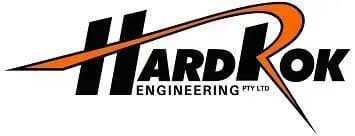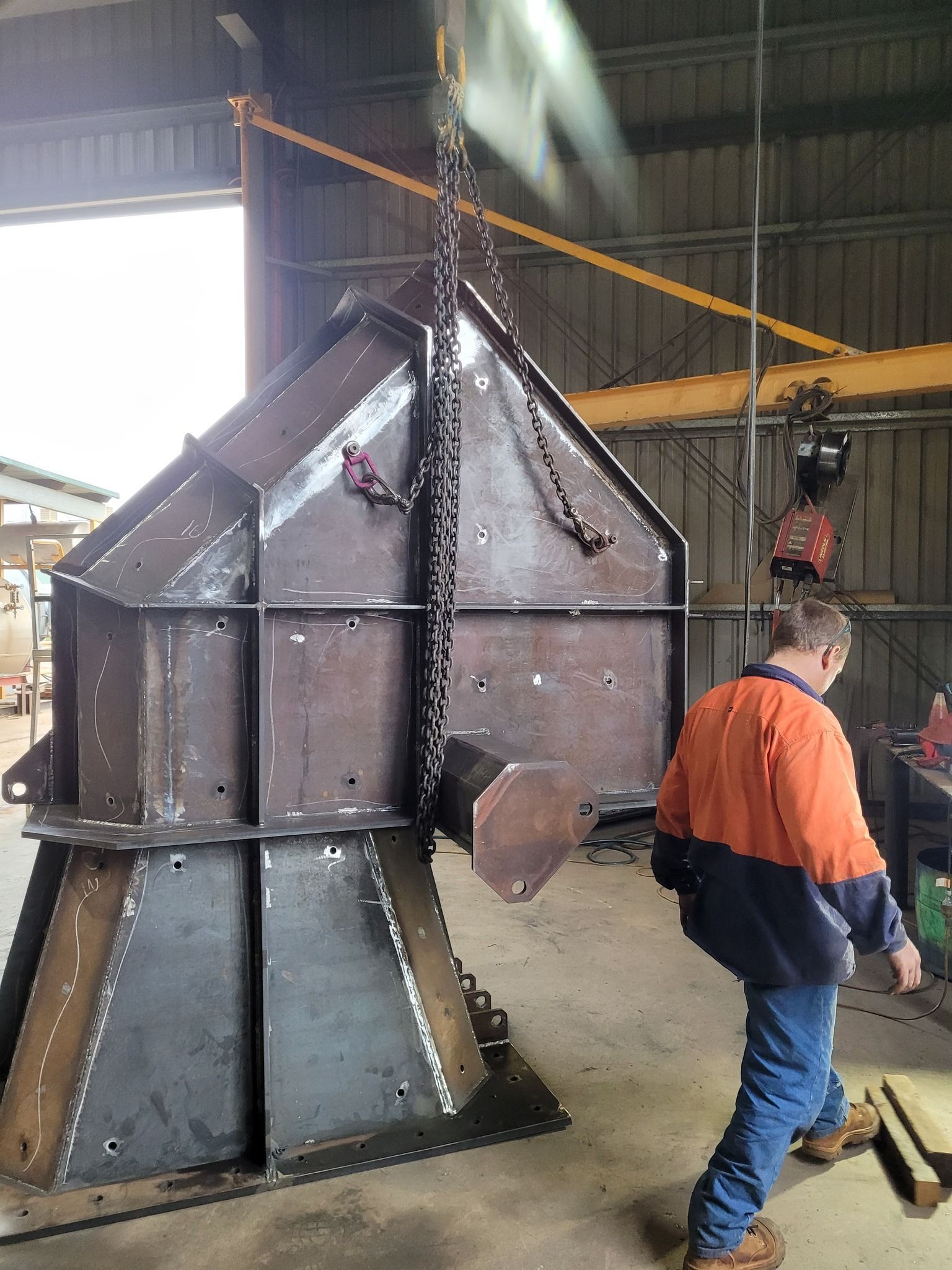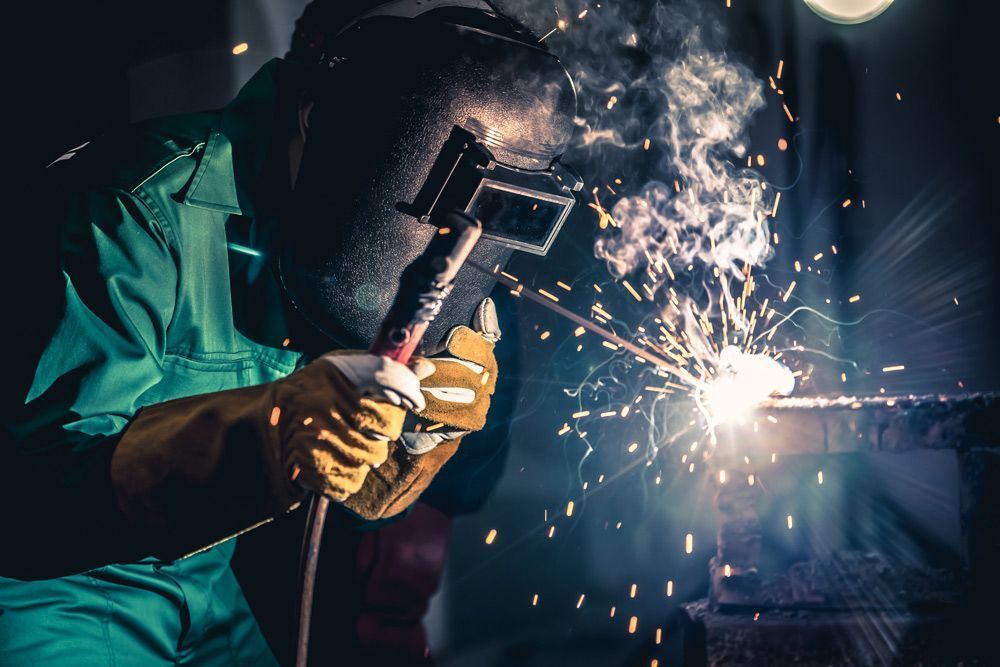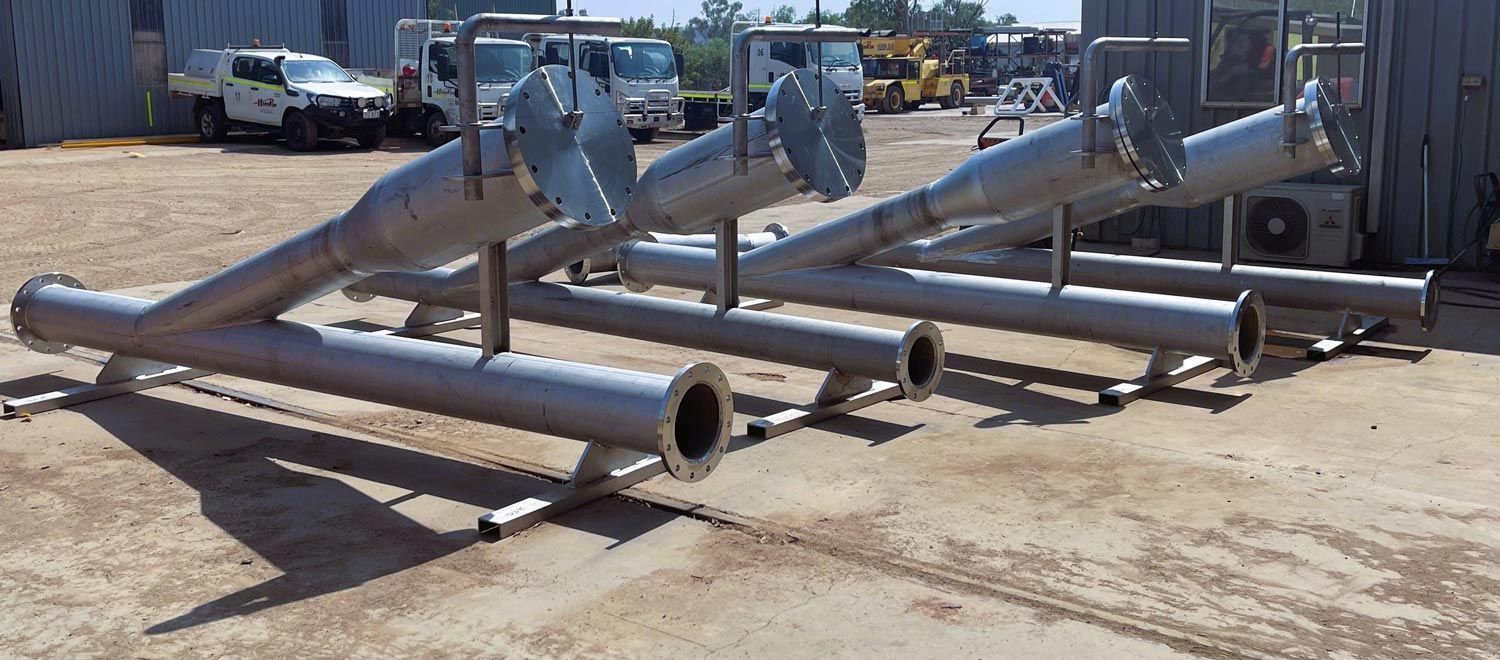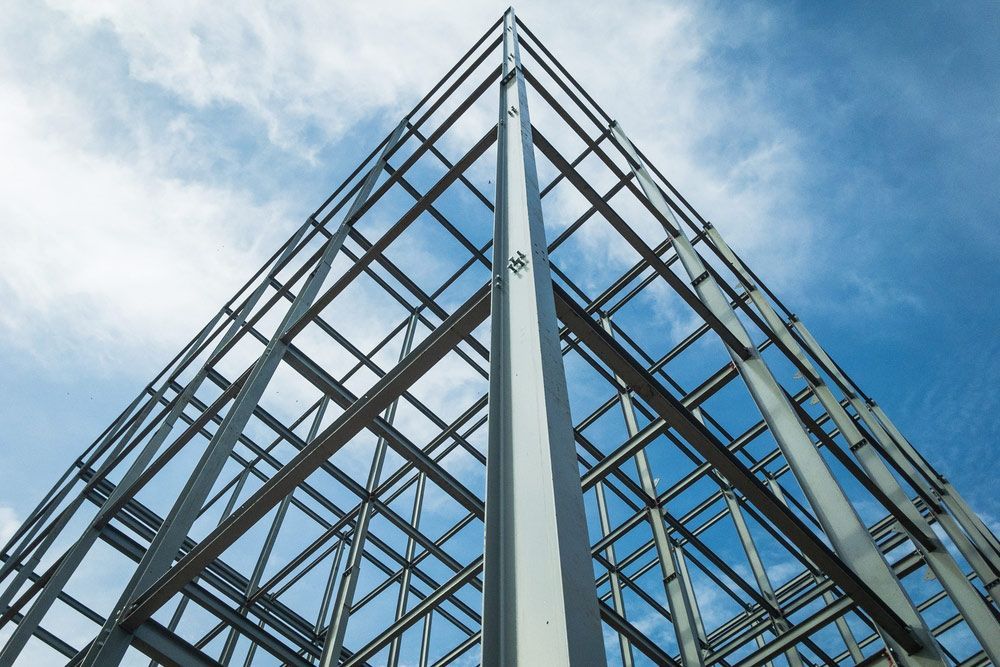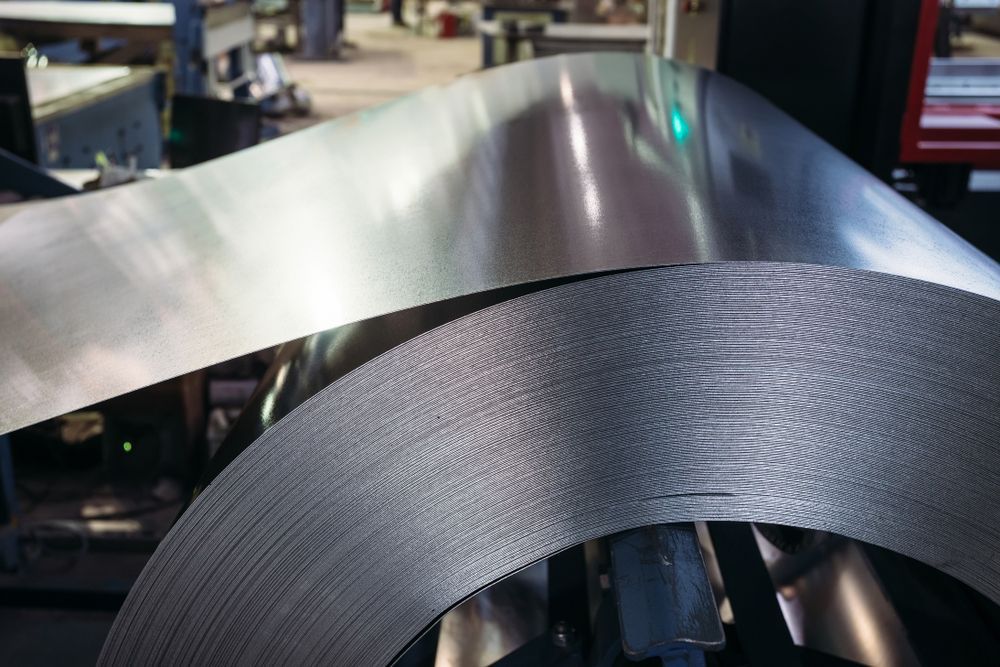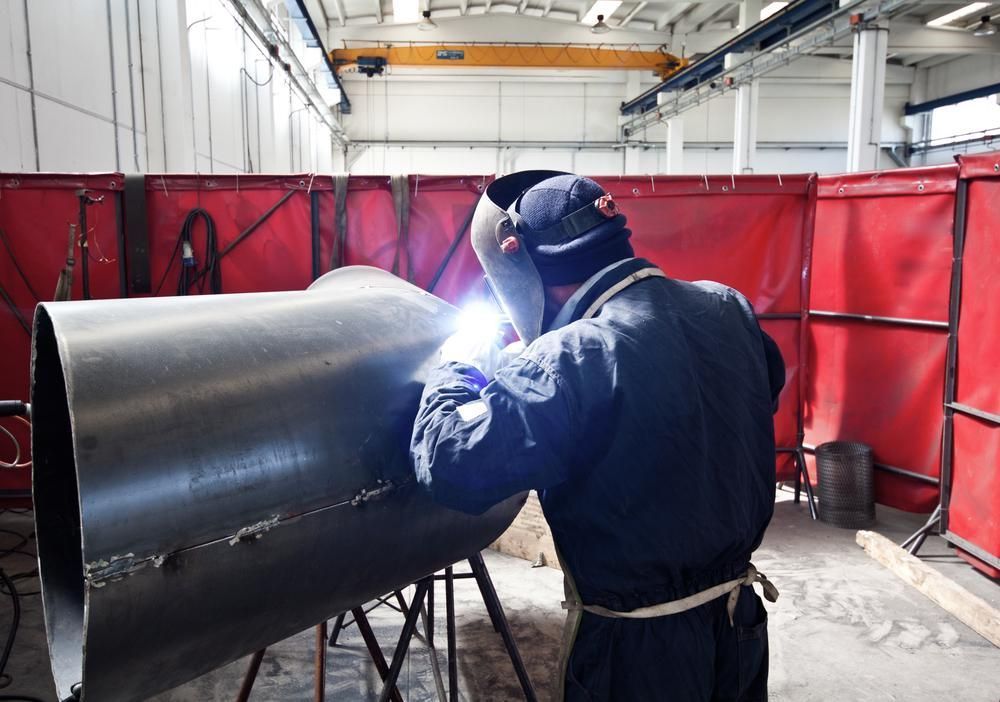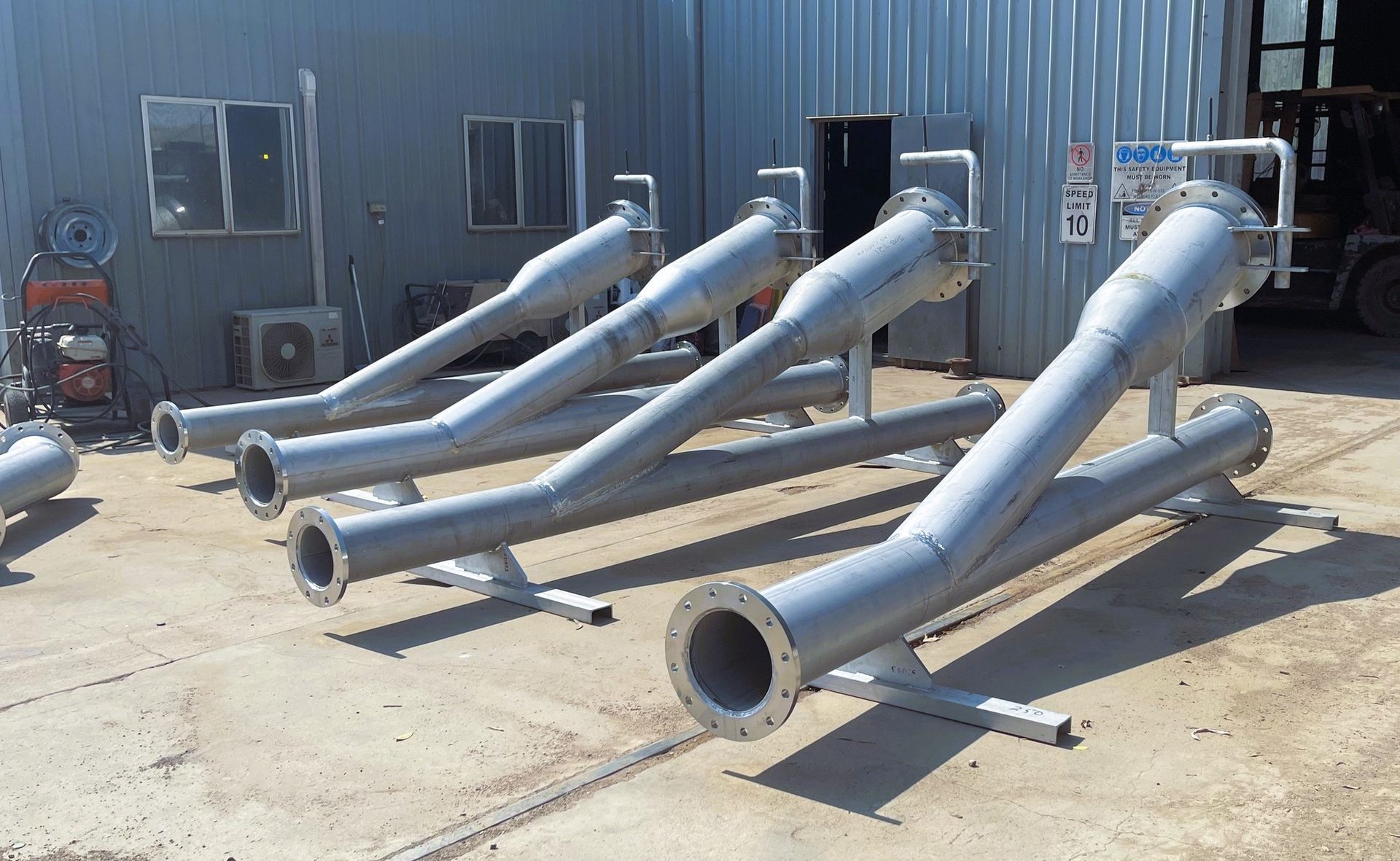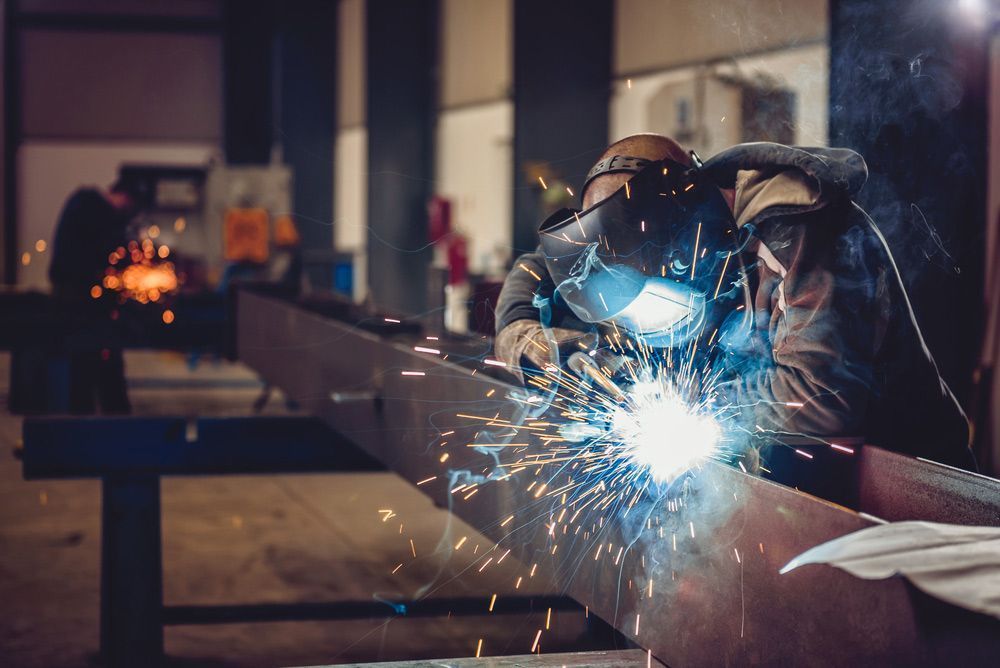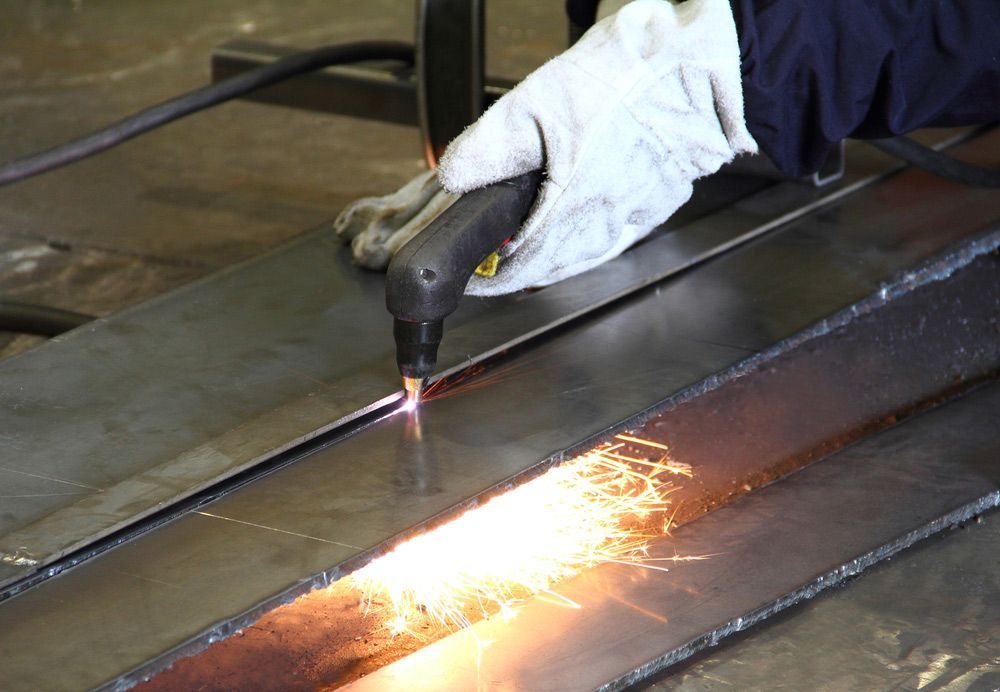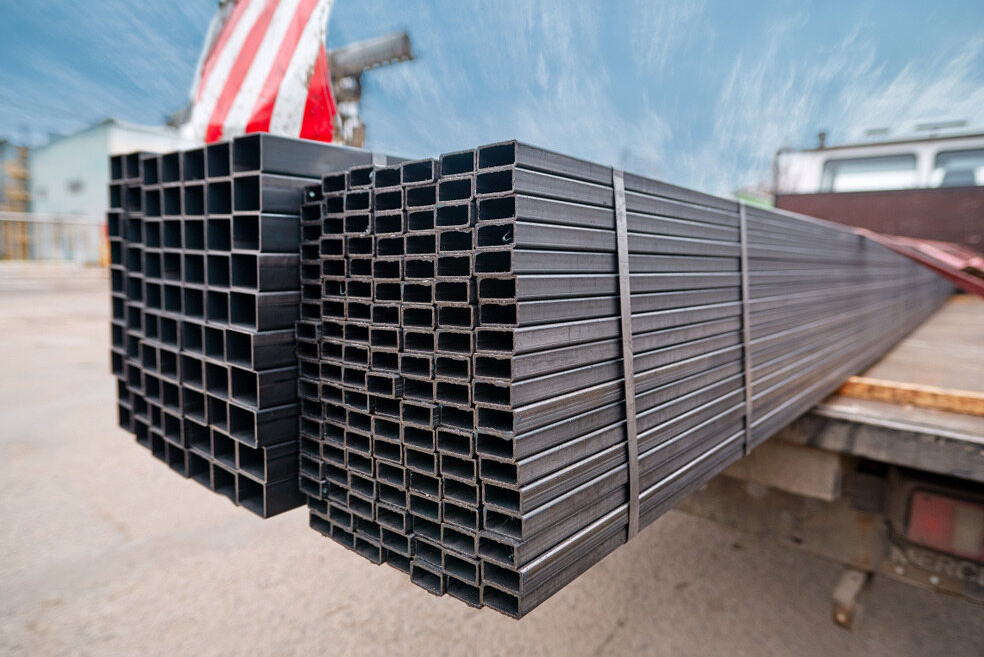Everything You Need To Know About Conveyor Belt Maintenance
October 22, 2021
Conveyor belts allow for the transportation of heavy or bulky objects that are too cumbersome for humans to handle. Transporting items from one place to another is more efficient with conveyor systems.
It is vital for the operation of your conveyor system that regular maintenance is carried out. When equipment is neglected, it will undoubtedly break down and lead to preventable replacement costs.
Make Sure Worn Parts Are Replaced
A conveyor breakdown can be caused by worn parts, leading to extended downtime while waiting for replacements. It is important to inspect your conveyor for worn parts regularly and replace them as soon as possible in order to reduce the risk of downtime.
Talking to the conveyor manufacturer and finding out which parts are most likely to wear out and storing replacement parts at the beginning may be beneficial. Having the part on hand will help you reduce downtime if your worn part breaks.
Talking to the conveyor manufacturer and finding out which parts are most likely to wear out and storing replacement parts at the beginning may be beneficial. Having the part on hand will help you reduce downtime if your worn part breaks.
Preventive Maintenance Should Be Carried Out
Preventive maintenance is the key to a belt conveyor that operates efficiently. Ensure all components are inspected and replaced if they show wear, and upgrade any components like wires and cables with higher quality alternatives as prescribed by the manufacturer. Maintaining your belt conveyor will extend its life and prevent costly breakdowns. If you want to make sure that preventative maintenance is being performed, you should keep a log on each belt conveyor.
You Should Keep Your Conveyor Motor Clean
Conveyor motors covered in dust, grease, dirt, or food byproducts can clog fan vents and lead to a belt motor overheating. The engine will also eventually overheat and need to be replaced, so regular cleaning of the conveyor motor is essential.
The Bearings On Your Conveyors Need To Be Checked
Keep the conveyor's bearings in check at all times. You should periodically lubricate your bearings to avoid conveyor belt breakdowns caused by loose or dry bearings. A sealed bearing that requires little to no lubrication is another option.
If your conveyor belt comes in contact with any lubricant, make sure that you clean it off. Long-term contact with oil may cause it to deteriorate.
If your conveyor belt comes in contact with any lubricant, make sure that you clean it off. Long-term contact with oil may cause it to deteriorate.
Align Your Pulleys And Check Their Wear
If your pulley has been aligned properly with the rollers, then the belt tension should be the same on both ends. However, if the pulley is not aligned correctly, then the belt will be unevenly stretched. Make sure the material is positioned in the middle so that you can prolong the belt's life.
Make Sure The Belts Aren't Slipping
Slippage on a conveyor belt occurs when it is not tensioned properly or loaded with heavy materials. If your pulley is worn smooth, there is a high probability of your belt slipping. If a belt is too loose, pulleys that still have their grips will handle it better, but will also abrade the belt bottom. You should replace your belt if yours is slipping as this will eventually lead to failure if it continues.
Contact The Experts
For more advice on conveyor belt maintenance,
get in touch with
our team today.
